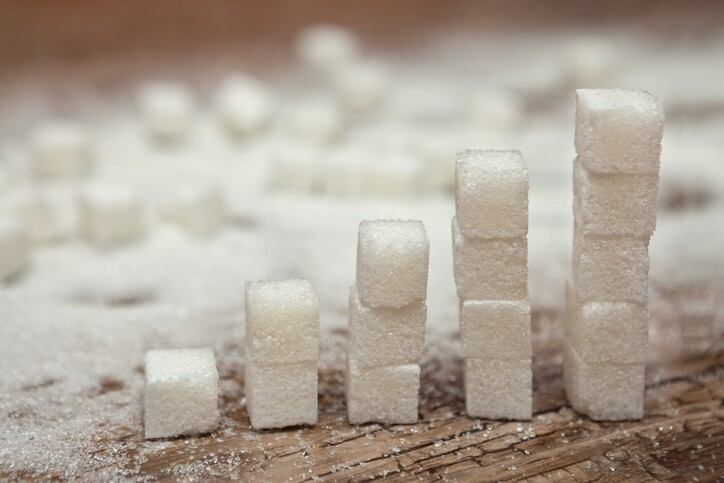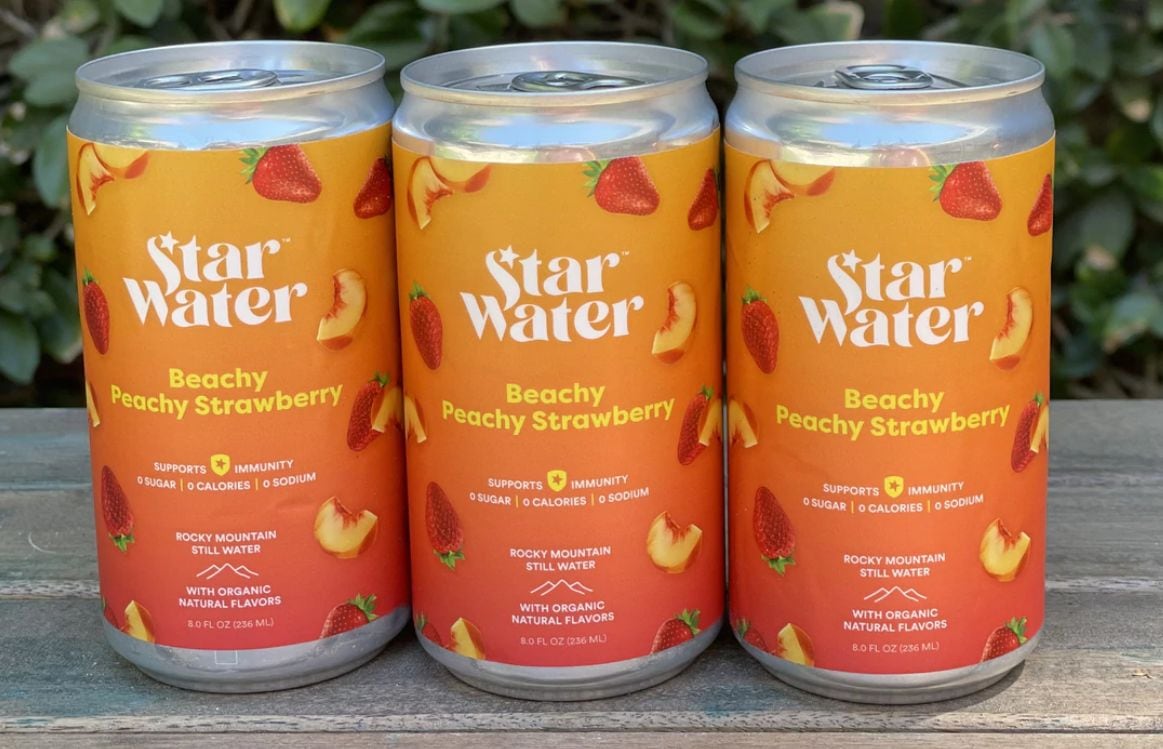While challenged by the chaos of the pandemic, which led to a drop in sales in 2021, honey consumption has been steadily increasing over the past three years as consumers come to appreciate the less-processed nature of the golden liquid sweetener, argued Margaret Lombard, CEO of the National Honey Board.
"Honey tends to have a cachet that people are drawn to and feel good about," Lombard told FoodNavigator-USA, noting that one of the attributes that has worked in honey's favor is the "craft" nature of the production process, which is nearly the same when visiting any beekeeper's farm regardless of the size or scale: the honeycomb frame is pulled out the hive, the honey is extracted, and then undergoes a simple filtration process before bottling and packaging.
"There’s no factory that makes honey. The factory is the bees and the field and the farms where they are created. That is our biggest differentiator."
According to the National Honey Board's consumer usage and attitudes research, the top two motivating messages for the general population are honey serving as a natural source of antioxidants and that "honey helps keep bees alive to pollinate our food supply."
While the process and origin of honey paints a pleasant image for many consumers especially in an age where recognizable, 'pantry' ingredients carry more of a halo than hard to pronounce additives on label declarations, how much growth has the category actually seen in recent years, and what are the opportunities ahead for the industry?
Honey in trouble?
According to USDA data, honey production was down 14% in 2021 to 126 million lbs compared to 2020. At retail, dollar sales and unit growth declined 5.1% and 7.4%, respectively, according to Nielsen xAOC data for the week ending 12/04/2021. Concurrently, prices have shot up by 21% in 2021 to $2.54 per pound vs. $2.10 per pound in 2020, and if current inflation figures are any indicator, the rising price of honey has yet to hit its ceiling.
Additionally, 3.7 million fewer households bought honey in 2021 compared to 2020, a decline of 31% in household penetration.
"We know in 2020 that consumers were buying absolutely everything they could get their hands on, including honey," said Lombard, who pointed out that a bottle of honey is not a frequent purchase for many due to its long shelf life and average time it takes to go through an entire bottle.
"We were concerned in 2021 when the results came out because we were coming down from the crazy spike of COVID. The good thing is the category is still outperforming 2019 from a retail data standpoint so that’s what we're really benchmarking against."
According to Nielsen data, honey hit $796m in total dollar sales in 2021, a 28.4% increase over 2019 dollar sales of $620m.
Among the steady drivers of growth for the category is the rise of raw and organic honey which has gained share at a faster rate than non-organic and processed honey. Raw honey saw a year-over-year dollar sales increase of 30% vs. 22.1% increase in processed honey and organic honey rose by 31.2% vs. non-organic, which grew by 24% in 2021 compared to 2020.
Lombard added that there are several segments and product categories featuring honey within the CPG landscape that are seeing an uptick in growth.
"We're seeing huge growth in sauces and spreads and salad dressings. At retail, we’re seeing the shelves expand as people discover there are different varietals of honey," she said.
New consumers coming to the category
Looking at the category performance of honey from a broader, multi-year point of view, there has been a clear trend of consumers from all age groups coming into the category, said Lombard noting that when she first joined the National Honey Board in 2015, older consumers (55+) tended to be the biggest consumers of honey.
"Getting new folks into the category was really one of our key objectives," she said.
According to the National Honey Board's consumer demographic data, 32.9% of honey purchases are made by women above the age of 55. However, younger consumers have become more frequent purchasers of honey and households with children is an emerging growth opportunity for the honey category, noted Lombard.
"Young families -- parents with kids in the household -- are using honey all day long. They’re using it at breakfast and lunch occasions, they’re giving it to their kids in the evenings as a cough suppressant. Honey’s really made its way into the lifestyles of young families."
Foodservice, a slow comeback
While recent retail sales for honey were lackluster in 2021, the reopening of the foodservice channel has reinvigorated the category with honey appearing across all classes of restaurants from QSR and fine dining to breweries and cocktail bars.
"We’re seeing foodservice coming back and that’s huge," said Lombard.
While honey mentions did decline slightly in 2021, honey is still mentioned on 59% of menus tracked by Datassential which forecasts an increase to 64.1% in menu mentions in 2023.
Over the past two years (2019-2021) honey mentions in sides and non-alcoholic beverages have grown in share where its use in entrées, appetizers, and desserts remained flat.
While 2021 was more of a slow comeback than booming resurgence for honey in foodservice, Lombard said that 2022 will outpace growth seen in the previous two years.
"We’re going to watch 2022 closely, and we’re going to continue to make sure we’re positioning ourselves correctly," said Lombard.




